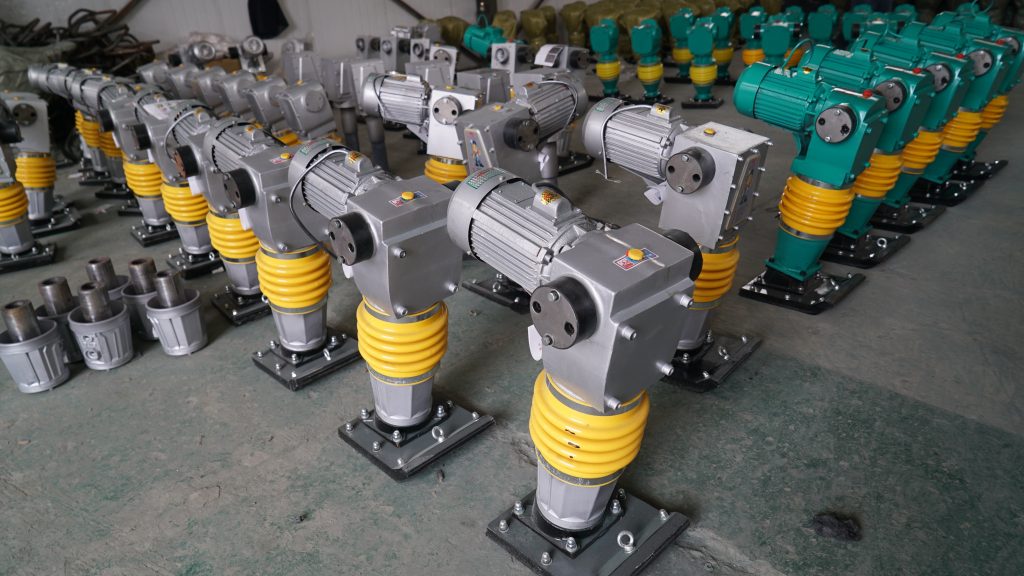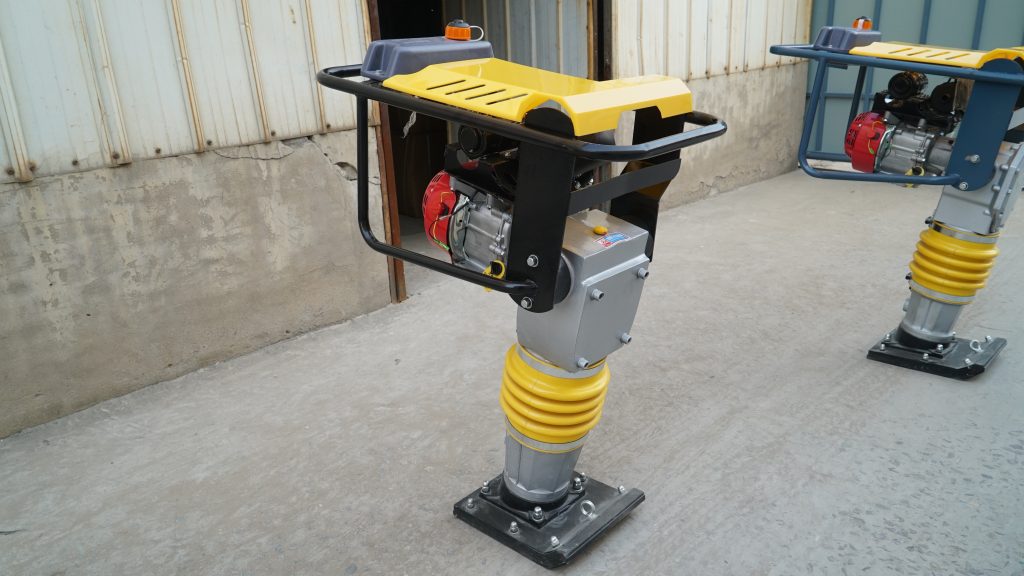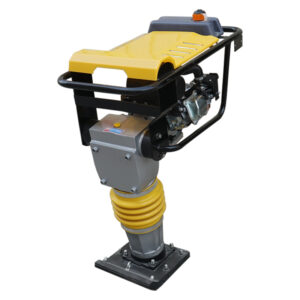1.What is a tamping compactor?
Tamping compactors are high-speed, self-propelled, non-vibratory compactors. They usually have four padded steel wheels and are equipped with a dozer blade. Their pads are tapered with a rectangular face.

2.Working principle of tamping compactor
Tamping compactors compact from the bottom of the lift to the top. Because the pads are tapered, they can walk out of the lift without fluffing the soil. Therefore, the top of the lift is also being compacted and the surface is relatively smooth and sealed. Tamping compactors are capable of speeds in the 16-32 km/h (10-20 mph) range, but they typically operate in the 10-15 km/h (6 to 10 mph) range.
Generally, two to four cycles (4 to 6 machine passes) will achieve desired densities in 200- to 300-mm (8- to 12-in.) lifts although four cycles may be needed in poorly graded plastic silt or very fine clay. Tamping compactors are effective on all soils except clean sand.
Tamping compactors leave a fairly smooth, sealed surface so hauling units are able to maintain a high speed when traveling over the fill. Also, since dozer-equipped tamping compactors do both spreading and compacting, the contractor may be able to reduce the number of track-type spreaders.

3.Advantages of tamping compactor
Tamping compactors are best suited for large projects. They need long, uninterrupted passes to build up speed that generates high production. On lifts greater than 300-mm (12-in.) thick, tamping compactors are about two to three times more productive than single-drum vibratory compactors.


